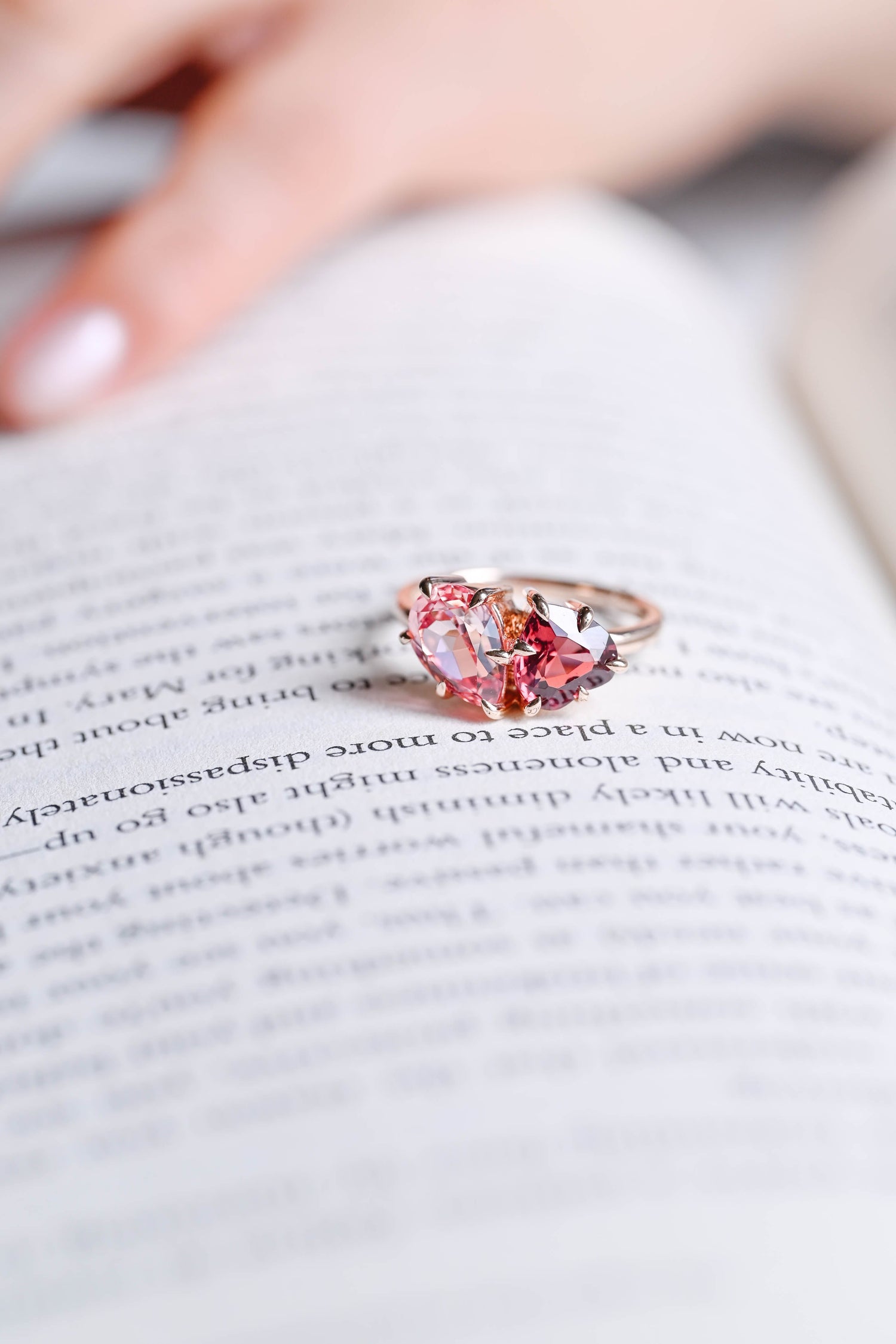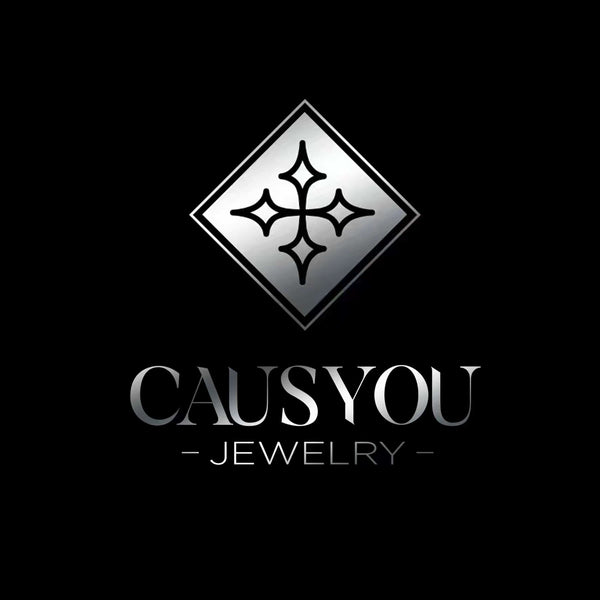What's the lab grown diamond?
Have you heard about lab grown diamonds and wondered what they are? Let's dive into the world of lab grown diamonds and explore what sets them apart from natural diamonds.
What are Lab Grown Diamonds?
Lab grown diamonds, also known as synthetic diamonds, are created in a controlled environment that replicates the natural process of diamond formation. These diamonds have the same chemical composition, crystal structure, and physical properties as natural diamonds.
How are Lab Grown Diamonds Made?
Lab grown diamonds are created using two main methods: High Pressure High Temperature (HPHT) and Chemical Vapor Deposition (CVD). In the HPHT method, a small diamond seed is placed in carbon and subjected to high pressure and temperature to allow the carbon to crystallize around the seed. In the CVD method, a diamond seed is placed in a chamber filled with carbon-rich gas, which is then ionized to create a plasma that deposits carbon atoms onto the seed, allowing the diamond to grow layer by layer.
What Sets Lab Grown Diamonds Apart?
Lab grown diamonds offer several advantages over natural diamonds. They are more environmentally friendly, as they require less energy and resources to produce. They are also conflict-free, as they are not mined from the earth. Additionally, lab grown diamonds are typically more affordable than natural diamonds, making them a popular choice for ethical and budget-conscious consumers.
Are Lab Grown Diamonds Real Diamonds?
Yes, lab grown diamonds are real diamonds. They have the same physical, chemical, and optical properties as natural diamonds. In fact, it can be nearly impossible to distinguish between a lab grown diamond and a natural diamond without specialized equipment.
Conclusion
Lab grown diamonds offer a sustainable, ethical, and affordable alternative to natural diamonds. Whether you're looking for a stunning engagement ring or a dazzling pair of earrings, lab grown diamonds are a beautiful and responsible choice.

